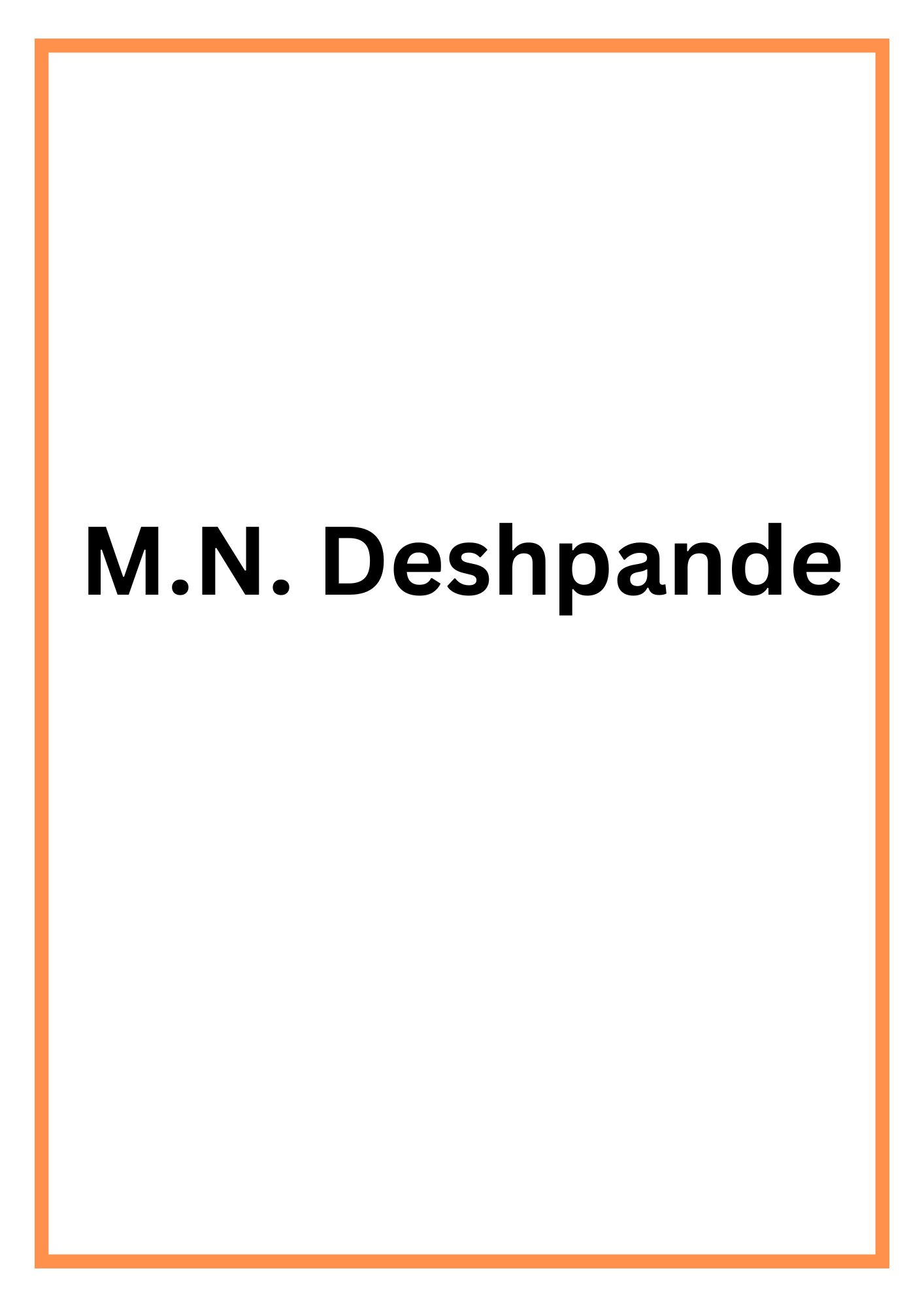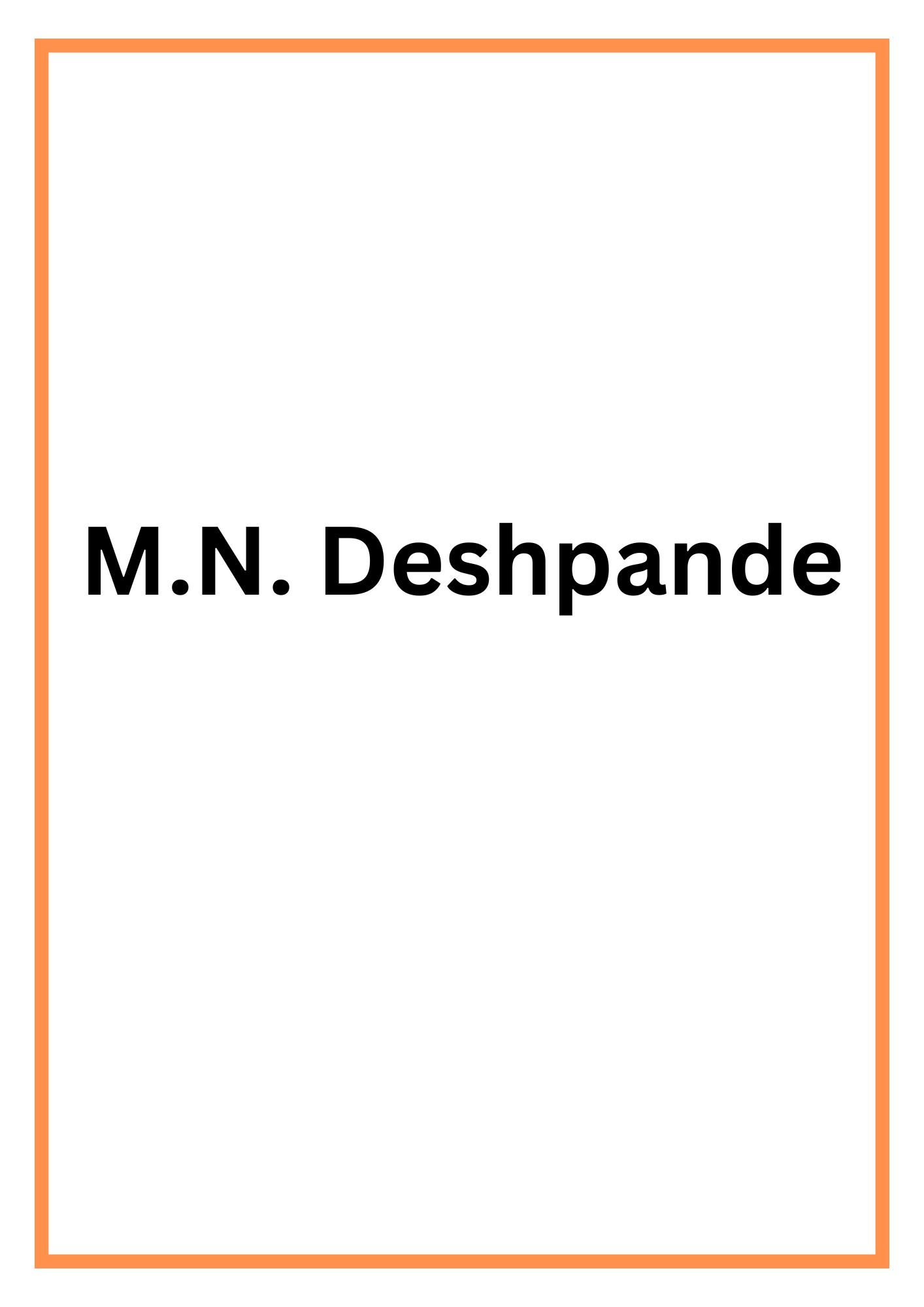A distinguished archaeologist, art historian and conservator, Madhusudan Narhar Deshpande (b.1920-d. 2008) started his research under Prof. H.D. Sankalia on the cultural history of India based on Jaina Canonical Literature and Archaeology after graduating from Fergusson College, Poona in 1942. He was selected for training in the field of archaeology by Sir Mortimer Wheeler in the School of Archaeology at Taxila in 1944. He joined the Archaeological Survey of India as Assistant Superintendent in 1946, was elevated to Deputy Director-General in 1957, and later served as Director-General from 1972 to 1978.
As Director-General of the Archaelogical Survey of India, he successfully completed the conservation of Buddhist caves at Bamiyan (Afghanistan) and in expanding the different activities of the Survey, especially in undertaking large-scale conservation of monuments like Ajanta (Aurangabad), Qutab Minar (Delhi), and Jagannath Temple (Puri). During his long tenure at the Archaeological Survey of India, he specialized in the cave architecture and Buddhist caves of Ajanta, Pitalkhora (Aurangabad).
He served as an advisor to Nehru Centre, Bombay on the Discovery of India Project, 1979-1982, and also to the Aditi Exhibition of the Festival of India in U.S.A. in 1985.
Dr. M.N. Deshpande contributed to several national and international seminars and published papers on the archaeological history of India and on his research on rock-cut architecture of Western India. He has also authored and co-authored The Caves of Panhale-Kaji (Ancient Pranalaka) (1986) and Care of Cultural Heritage (1996)
About the Collection: The papers of Dr. M.N. Deshpande (digital) comprise correspondence, subject files, speeches, writings, and research articles by him and others on various archaeological findings, art and culture. The papers also contain files relating to Exhibition on ‘Rock-Cut Art and Architecture in India’, seminar proceedings on ‘Traditions of Ahimsa in India’ organised by the Museum Society of Bombay, and projects of the Nehru Centre, Bombay. Besides, Report of the Qutab Minar Expert Committee and papers on The Antiquities and Art Treasures Act, 1972 also form a part of the collection. (Catalogue available)






